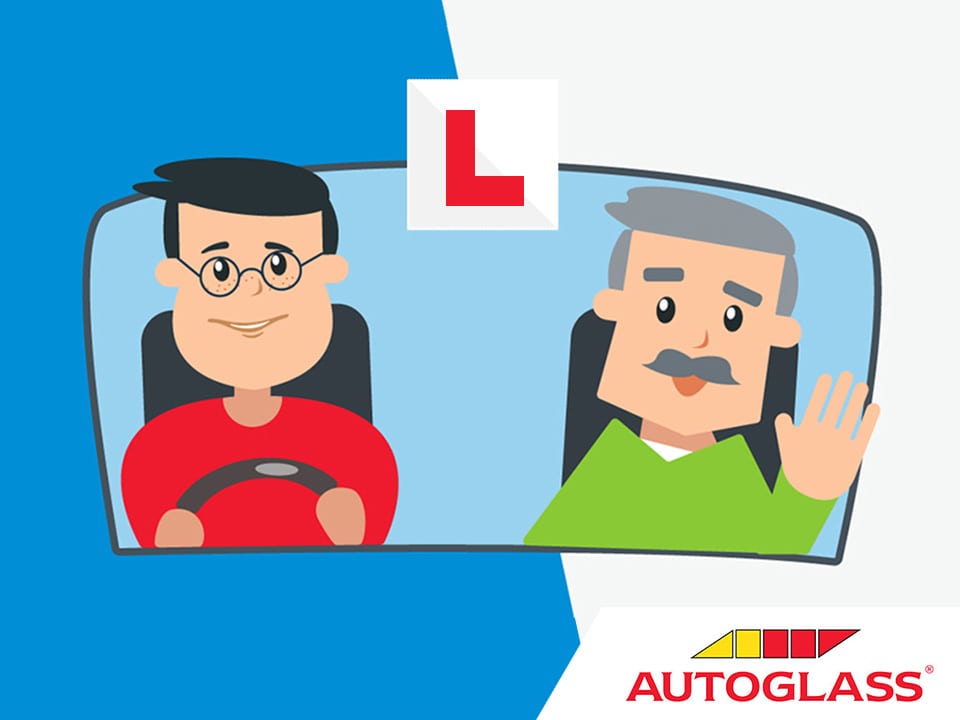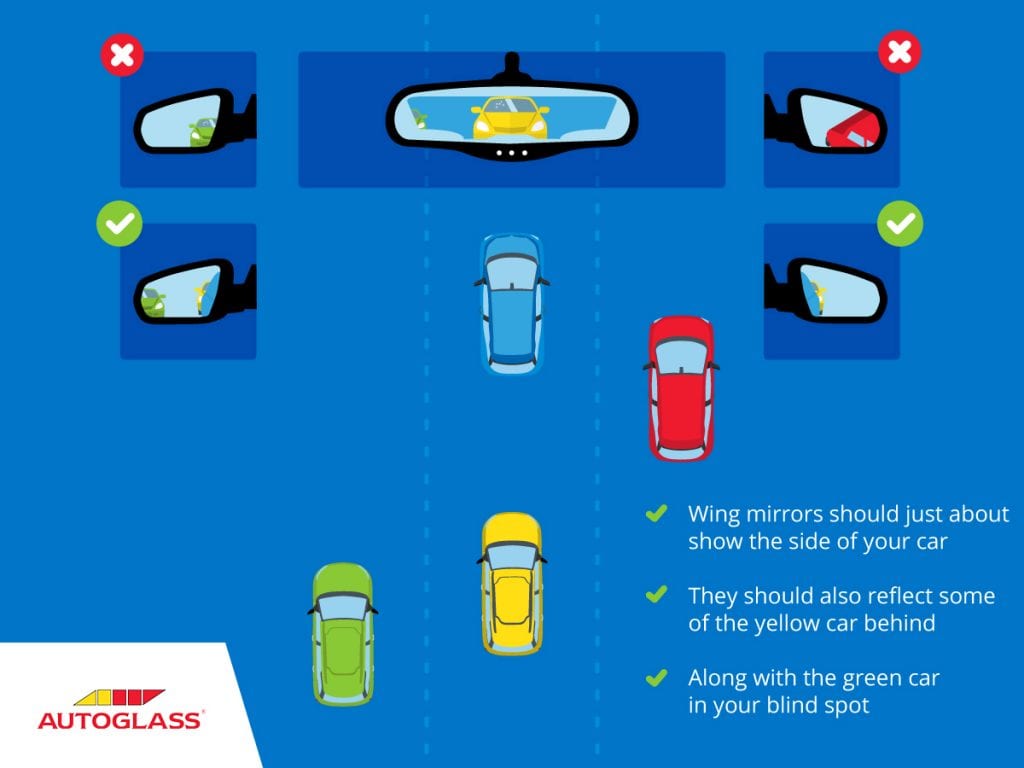
Question prep for your Driving License Test
Every driver nationwide is subject to the same driving license test prior to being issued their license. Your test will, as you no doubt know, be divided into two distinct portions – theory and practical. Hitting the books before your Theory Test should be taken as a given. But, It can be all too easy to forget that the practical portion of the test always opens with a small selection of “driving test questions”.
The Road Safety Authority booklet ‘Standard procedures for conducting the driving test’ states that:
“18 questions, including 10 sign questions must be asked. Obligatory subjects for all categories: Pedestrian Crossings, Traffic Lights, Headlights (Dipping), Road Markings, Right of Way and Road Signs. Further questions on additional topics from the Rules of the Road may also be asked.”
Don’t get caught out! Familiarise yourself with this checklist of driving test questions and answers. If you work through these questions and preparatory measures for your car – you can sit back, relax and focus on the driving portion of your license test.
15 Top Tips for Passing your Driving Test >>
Car Maintenance Necessities for Driving License Test
Before you tackle your driving license test questions, you should ensure that your vehicle itself is ready for the practical test. Don’t scupper your chances of success due to a minor oversight. Make sure that all of the following are in order before you arrive at your driving license test centre:
Your Provisional License/ Learner’s Permit: Ensure this document has the correct category and is in date.
Your Tax Disc: Make sure your Tax Disc is present and up to date.
Your Insurance Disc: Ensure your Insurance Disc is present, up to date and corresponds to the correct registration number.
NCT: If required – make sure that your NCT disc is present, in date and corresponds to the correct registration number.
Under Bonnet Check: It is is extremely likely that you will be asked to open your bonnet as part of your driving license test. Once you open your bonnet, you should be able to check that the levels of Engine Oil, Coolant, Windscreen Washer Water, Steering Fluid and Clutch Fluid are all as they should be.
Top Tip:
You shouldn’t top up any of these levels unless they have fallen below the recommended maximum. You should only ever check your car’s under-bonnet levels when it is cool and on level ground. Details of your car’s maximum fluid levels should be included in your vehicle manual.
Lights: You must ensure that before you arrive for you driving license test that your brake lights and indicators are in full working order. This Tutorial Video details how to check all your lights at home.
Seatbelts: You must ensure that all your seatbelts are in full working order.
Windows: All your windows must be working correctly.
Tyres: If you car has bald or worn tires, your car will not be taken out for the test.
Mirrors: Ensure your rear and side view mirrors are correctly positioned. This useful guide demonstrates the optimum position for your mirrors:
Planning ahead for the day of your Driving Test >>
Driving Test Questions
Now that you have ensured that your car itself is ready for your driving license test – it’s time to bone up on the questions that make up the oral test. The good news is that the pool of potential driving license questions is relatively small! If you memorise the driving test questions and answers provided below, you should be more than ready for your test.
Q1. When can you overtake on the left?
Ans. When the driver in front of you is turning right, when you intend to turn left, when the vehicles in the lane on your right are moving slower than the vehicles in your lane in queuing traffic?
Q2. At a junction with roads of equal importance to whom should you give way?
Ans. Give way to traffic on the right and traffic already turning.
Q3. At a STOP sign which has no white line where would you stop?
Ans. You should come to a halt at the STOP sign itself.
Q4. Why is a STOP sign octagonal and a YIELD sign triangular (inverted)?
Ans. To help drivers distinguish between the two in snowy conditions.
Q5. What position would you take up for a right turn at the end of a one way street?
Ans. You would take up position in the extreme right hand lane.
Q6. What do white zig-zag lines on the road mean?
Ans. A Zebra Crossing is ahead, no overtaking and no parking.
Q7. How would you know a Zebra crossing at night?
Ans. By the yellow flashing beacons.
Q8. What does the island in the centre of a pedestrian crossing mean?
Ans. Each side of the island is a separate crossing.
Q9. Outline the restrictions in relation to the use of your horn?
Ans. In a built up area, you cannot use your horn between the hours of 11.30p.m. and 7.00a.m, except in the case of an emergency.
Q10. When driving at night when should you dip your headlights?
Ans. You should dip your headlights when: (a) You’re meeting on-coming traffic. (b) You’re following close behind another vehicle. (c) You’re on continuously well lit roads. (d) At the beginning and end of lighting up hours, i.e. dawn and dusk. (e) When you’re driving in fog or snow. (f) When you’re approaching a Junction.
Q11. What should you do if you are dazzled by the lights of an oncoming vehicle?
Ans. You should slow down and stop if necessary.
Q12. What is a Clearway?
Ans. An area in which stopping and parking is prohibited, (except by buses or taxis) for a period indicated on the Clearway signpost.
Q13. What does a broken yellow line mean?
Ans. A broken yellow line signifies the edge of the roadway, also known as a hard shoulder.
Q14. What does a single continuous yellow line mean?
Ans. A single yellow line signifies parking is prohibited at certain times, (generally during working hours).
Q15. What does a double yellow line mean?
Ans. No parking at anytime.
Q16. What is the legal parking distance from the Kerb?
Ans. The legal parking distance is 45 centimeters, or 1.5 Ft.
Q17. How close to a junction can you park?
Ans. You are permitted to park 5 Metres from a junction.
Q18. Where should you not park?
Ans. You should never park near a bend, the brow of a hill, a humpback bridge, at a continuous white line, where your vehicle would obstruct a sign or entrance.
Q19. Where should you not overtake?
Ans. You should never overtake at a bend, a junction, the brow of a hill, a humpback bridge, at a continuous white line or anywhere your view of oncoming traffic is restricted.
Q20. What is the safe distance to drive from the car in front of you?
Ans. You should allow 1 metre for each Kilometer Per hour you are travelling. Double that for wet roads, four times that for icy roads or observe the ” two second rule”.
Q21. If you saw a red triangle on the road what would it mean?
Ans. That there is an obstruction on the road ahead.
Q22. At a junction when traffic lights are not working to whom would you give right of way?
Ans. You should give way to traffic on the right and traffic already turning.
Q23. What does a green traffic light mean?
Ans. Go, providing the junction is clear.
Q24. What does an amber traffic light mean?
Ans. You should stop if you can do so SAFELY at the Stop line.
Q25. Name three people in authority for whom you must stop?
Ans. A Garda, a school warden or a person in charge of animals.
Q26. Describe the road markings for NO ENTRY?
Ans. A continuous white line with a broken line behind it.
Q27. When can you cross a continuous white line?
Ans. You can cross the line in order to avoid an obstruction, for access, or if there is a broken white line on your side of the continuous white line.
Q28. (a) What is the national general speed limit? (b) What is the Motorway speed limit? (c) What is the acceptable tyre thread depth?
Ans. (a) 100 K.P.H. for cars. (b) 120 K.P.H. (c) 1.6mm Min.
Q29. What rules apply to a Yellow Box junction?
Ans. You must not enter a Yellow Box unless your way ahead is clear. The only exception being if turning right. Then you can enter and wait in the box so long as you are not obstructing other traffic.
Q30. If there are two parallel lines in the centre of the road, one continuous and one broken, which one would you obey?
Ans. You should always obey the line nearest you.
Q31. What do two broken parallel lines in the centre of the road mean?
Ans. There will be one or two continuous white lines ahead.
Q32. What does a broken white line in the centre of the road mean?
Ans. You may overtake if it is safe to do so.
Q33. What do white diagonal lines in the centre of the road mean?
Ans. You should treat them like a traffic island and not enter the space between the lines.
Q34. What is Aquaplaning?
Ans. Aquaplaning is when a film of water builds up between the tyres and the road and one’s steering and braking is affected.
Common Driving Test Mistakes And How To Avoid Them >>
Road Signs:
Your driving license test will feature a compulsory section of questions you are asking you to identify various road signs. You can Familiarise yourself with Irish road signs here. If you put aside some time to study, then the sign identification portion of your driving license test should be nothing to worry about.
In Conclusion:
The Driving License Test can undoubtedly be daunting. We hope that, thanks to this comprehensive checklist of driving license questions and answers, you will be feeling relaxed and ready in advance of your driving license test.
Don’t forget to check back with the Autoglass® blog fortnightly to receive more hints, tips and guides just like this one. Best of luck with your driving license test!
Book an appointment now
For a quick and easy way to make an appointment book online now.

